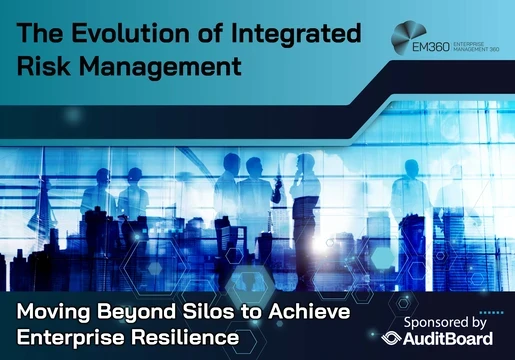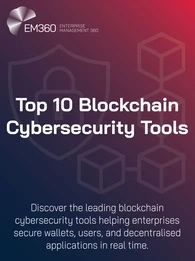Effective supply chain risk management is no longer optional—it is essential for long-term business success. Disruptions from natural disasters, geopolitical tensions, or unexpected global events like pandemics can ripple through even the most carefully planned supply chains.
Companies that fail to anticipate and mitigate these risks can face costly delays, increased operational costs, and damaged reputations. By prioritising risk management, businesses can identify vulnerabilities, strengthen their supply chain resilience, and ensure that they can respond swiftly to unforeseen challenges.
Proactively managing supply chain risk offers a competitive edge in an increasingly unpredictable marketplace. It allows businesses to build stronger relationships with suppliers, improve operational efficiency, and ensure continuity of service, even in times of crisis. Implementing strategies such as diversifying suppliers, leveraging technology for better visibility, and adopting flexible logistical models can help organisations stay agile and minimise potential disruptions.
In this episode, Paulina Rios Maya, Head of Industry Relations, speaks to Haydn Brooks, CEO and Co-Founder of Risk Ledger, about third-party risk management and the best practices for organisations to enhance their security posture.
Key Takeaways:
- Supply chains have become more interconnected, increasing exposure to cyber risks.
- Hackers target corporate supply chains for financial gain and geopolitical reasons.
- The attack surface has expanded significantly without corresponding security measures.
- Supply chain attacks can be untargeted or targeted, with different motivations.
- Developing security tools for supply chains is challenging due to complexity and the need for more visibility.
- Real-world examples like Target and SolarWinds illustrate the consequences of supply chain breaches.
- Neglecting third-party risk management can lead to reputational and operational impacts.
- Collaboration with suppliers is essential for a unified defence against cyber threats.
Chapters:
00:00 - Introduction to Supply Chain Risk Management
01:51 - Understanding the Motivation Behind Supply Chain Attacks
04:39 - Challenges in Developing Security Tools for Supply Chains
06:37 - Real-World Consequences of Supply Chain Breaches
09:23 - The Importance of Third-Party Risk Management
11:18 - Best Practices for Enhancing Third-Party Risk Management
13:37 - The Role of Automation in Risk Management
15:04 - Creating a Unified Defense Strategy with Suppliers














Comments ( 0 )